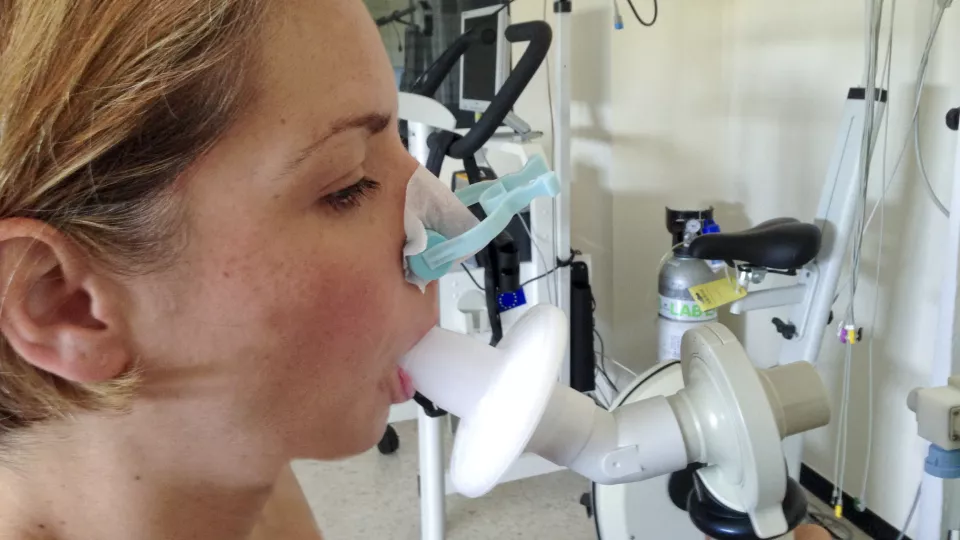Using a new diagnostic method, researchers have now shown that the risk of developing Chronic Obstructive Pulmonary Disease can be twice as high for women as it is for men. This means that female sex may be an independent risk factor for developing COPD. Johannes Luoto, a researcher at Lund University and a doctor at the geriatric clinic of Skåne University Hospital, has followed an initial group of 2 300 people aged between 65 and 100 to study the development of this disease.
“We see a clear increased risk for women contracting COPD compared with the risk for men. And it applies even when other risk factors, such as smoking and age, are taken into consideration”, says Johannes Luoto.
It was not certain previously whether there was a gender difference for the risk of developing COPD, and that is partly due to the fact that there are few studies that examine who is at risk for the disease. Another factor is that there has been a recent change in the way that COPD is diagnosed, comments Johannes Luoto:
“The few studies that have been done use methods to interpret pulmonary function involving spirometry test criteria which the European and American lung research organisations ERS and ATS now consider outdated and unable to produce reliable results. These older methods do not consider the age or sex of the examined subject when interpreting the lungfunction even though we know that normal aging effects lungfunction and suspect that there may be differences between sexes”
“Our study is one of the first that uses more advanced diagnostic criteria, which take into consideration factors such as gender and age before interpretation of the spirometry results and deciding whether you have COPD or not”, states Johannes Luoto.
Women's airways more sensitive than men's
This is a new way of interpreting the pulmonary function examination, which makes considerable differences to the results:
Besides the effects of advanced age and smoking, researchers using the more modern method LNN, Lower Limit of Normal, in their study have seen clear differences between the genders for the risk of developing COPD. There was previous evidence that women’s airways could be more sensitive than men’s, but the older diagnostic methods have not shown with any certainty that there is a difference between the genders regarding the risk for contracting COPD.
“Researchers and the doctors involved have not yet agreed on the method that is to be used in practice. Further studies are needed to compare the methods”, says Johannes Luoto.
The previously known main risk factors for developing COPD are smoking and air pollution. The disease, which has no cure, is one of the world’s most common causes of death according to the World Health Organization (WHO).
The new study, which was carried out with the assistance of the Good Ageing in Skåne (GÅS) project, is published in European Respiratory Journal.
Download the publication: Incidence of airflow limitation in subjects 65–100 years of age, by Johannes A. Luoto, Sölve Elmståhl, Per Wollmer, Mats Pihlsgård. European Respiratory Journal.
For more information, contact:
Johannes Luoto, Researcher at Lund University and a resident physician at Skåne University Hospital
Phone: +46 (0)70 4923852
E-mail: johannes [dot] luoto [at] med [dot] lu [dot] se
